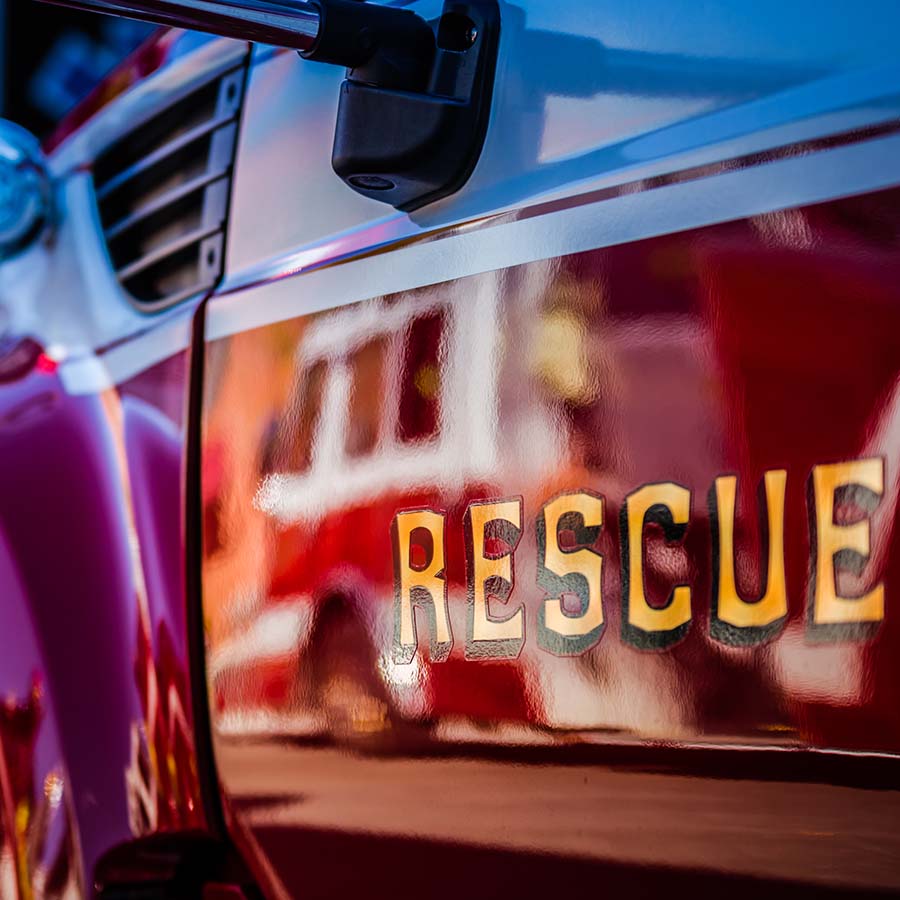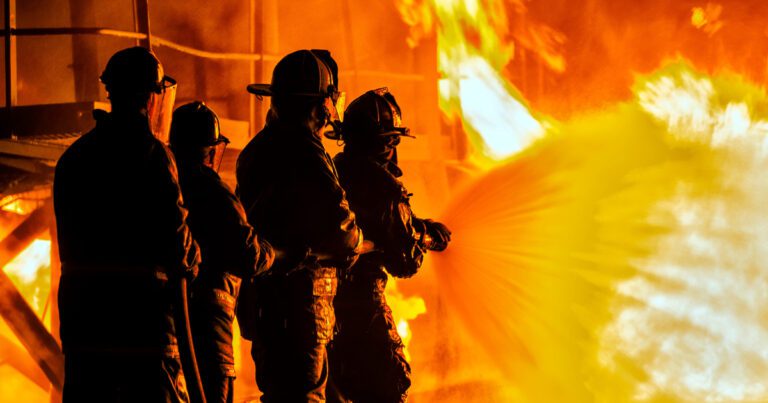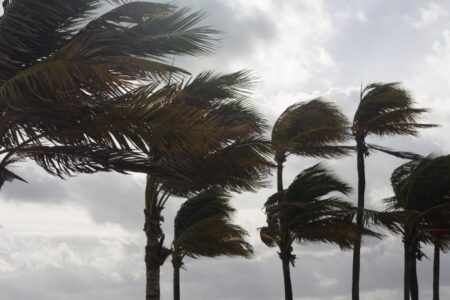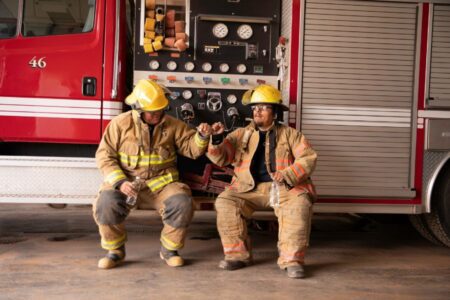Fire departments around the country are seeing an increase in the number, duration, and severity of fires in both rural and urban areas. One recent example is the devastating fires on the Hawaiian island of Maui in 2023, which caused massive destruction in the town of Lahaina and over 100 deaths as residents tried to flee.
These changes in weather patterns and other factors are causing new challenges for firefighters. Fire department preparedness today requires adapting to an evolving landscape. Only then can agencies successfully prevent the spread of fires, reduce their severity, and protect the safety of the public and firefighting crews.
How Fires Are Changing
Longer stretches of hot, dry, and windy weather, higher temperatures, and fires sparked by power lines and electric car batteries are changing the nature of firefighting and the threats crews face. In addition, wildland urban interface (WUI) fires are on the rise as urbanization increasingly encroaches on natural areas.
Preparing for and responding to these threats effectively requires different tactics, including:
- Educating the public about changing fire risks
- Developing comprehensive mitigation and evacuation plans
- Managing health risks among both residents and firefighters from smoke inhalation and hazardous chemicals
- Communicating efficiently with other fire and emergency agencies before and during events
- Properly allocating resources, often under chaotic crisis conditions
Fire departments can’t rely on outdated methods and frameworks to protect communities, natural areas, and critical infrastructure. To function effectively and save lives, they need to be proactive about refining and enhancing their operations.
Adapting to Evolving Fire Threats and Patterns
There are several measures fire departments can take to ensure they are prepared for changes that are affecting firefighting now and will continue to do so in the future:
- Add training for emerging threats. Large-scale wildfires, chemical spills, and WUIs require specific skills and strategies. By investing in specialized training, firefighters will be better prepared to act quickly and efficiently.
- Take advantage of new technologies. Software can create models to predict the risk of fires and their behaviors based on location, weather patterns, industrial activities, and other inputs. This helps fire departments identify opportunities for prevention and mitigation as well as allocate resources efficiently. Tools like ImageTrend Continuum™ provide real-time data and predictive analytics that enable fire departments to proactively respond to changing conditions.
- Develop detailed plans for evacuations. Implementing best practices for evacuation—such as early warning systems and safe zones along routes—can prevent injuries and loss of life.
For example, a community that has built a significant amount of new housing near forested areas may be more vulnerable to WUIs. When software shows an elevated fire risk in these areas, fire departments can allocate more personnel to those locations, educate residents about fire prevention, and ensure awareness of early warning signals and evacuation plans.
In all of these cases, it’s essential to take advantage of solutions that can collect and analyze data to inform decision-making. The insights they reveal help departments anticipate and respond to incidents with greater accuracy and efficiency.
Optimizing Multi-Agency Coordination with Real-Time Data Sharing
In major fire emergencies, being able to communicate quickly with other agencies is critical to a cohesive and collaborative response. Firefighters must be able to coordinate swiftly and smoothly with other emergency and relief agencies to plan and map response efforts and resources. Any delays, miscommunications, or omissions could be a recipe for disaster.
Data interoperability supports these operations by:
- Ensuring that information flows smoothly and automatically between different agencies’ systems
- Providing real-time access to updates so all teams are working with the most accurate and recent information
- Sharing access to databases to coordinate resources
Insights from shared data prevent redundant efforts and make sure that teams and equipment (such as water scoopers, drones, and foam suppression supplies) are deployed when and where they are most needed.
With ImageTrend’s Reporting Solutions™, agencies can easily track and share critical data across jurisdictions, helping streamline response efforts and ensure resources are used efficiently.
Building Resilience for the Future
The trends are clear: a longer wildfire season, more frequent fires, and more fires that threaten homes and communities. However grim this sounds, it is possible to prepare for these emerging firefighting challenges.
Data analysis platforms and data sharing can help fire departments continuously enhance operations by:
- Reviewing incident response procedures and outcomes to pinpoint where they can adjust or refine protocols
- Allocating resources more efficiently
- Implementing updated or additional training
- Comparing their performance to regional and national standards to identify areas for improvement
Department leaders should also regularly assess new technologies and how they can improve operations and outcomes. FlowMSP, a solution recently acquired by ImageTrend, provides firefighters with critical image-based information about buildings that can inform responders and reduce safety risks.
Community engagement is another important pillar in cultivating resilience in the face of changing threats, improving public health outcomes, and reducing the strain on healthcare resources. With technology solutions like ImageTrend Community Health™, departments can identify and enroll high-risk individuals into tailored healthcare programs such as those addressing chronic conditions or high utilizers. By leveraging tools like Impact Score™ and advanced reporting, agencies can enhance their preparedness and response efforts, ultimately improving the health and safety of both residents and firefighters while optimizing resource allocation during incidents.
Fire Department Preparedness for the Coming Decades
Firefighters can expect challenges in the years to come due to hotter temperatures, stronger winds, and human activity. Instead of simply reacting to fires, departments must have plans in place to respond to complex incidents, work efficiently with other agencies, and prioritize resources.
Technology can help fire departments prepare for future threats with data that drives more informed decision-making and supports continuous improvement.
Ready to strengthen your agency’s response and rescue operations for the challenges ahead?
Contact us to discover how our products can help you harness the power of your data.




